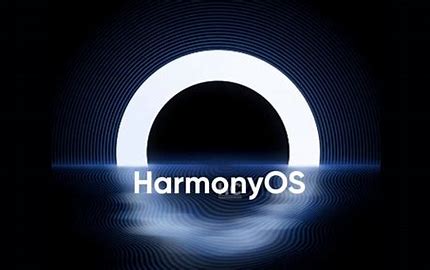In a significant move, Huawei is making waves in the mobile technology landscape by transitioning from Android to its homegrown operating system, HarmonyOS NEXT. This strategic pivot reflects the company’s desire to carve out a unique identity amid a competitive market dominated by Apple and Android. More than just a technical upgrade, this shift responds to the geopolitical pressures that have compelled Huawei to explore self-sufficiency in technology.
The Challenge of a Saturated Market Entering the mobile operating system arena is fraught with challenges. History is littered with the failures of major players, including Microsoft’s attempts to penetrate a market firmly held by Apple and Android. The daunting task of building a competitive app ecosystem, coupled with user adoption hurdles, raises questions about Huawei’s strategy. Since losing access to Google services, Huawei has faced increased scrutiny over the feasibility of its operating system in an already saturated market.
From Partnership to Independence Huawei’s journey from a Google partner to the developer of HarmonyOS marks a pivotal evolution in its approach to mobile technology. The transition began in 2019 with a forked version of Android, allowing Huawei to maintain some familiarity for its users. Now, the complete removal of Android code signifies a critical milestone in its strategy. Currently, Huawei boasts approximately 15,000 apps on HarmonyOS, but this number pales in comparison to the millions available on competing platforms. Attracting developers and building a robust app ecosystem will be vital for the success of HarmonyOS NEXT.
Innovative Features and User Experience HarmonyOS NEXT promises innovative features aimed at enhancing user experience. Its distributed nature allows seamless integration between devices, enabling users to transfer applications, such as games, across devices effortlessly. While this integration appears appealing, it raises questions about its practical relevance to everyday users. Many features may sound innovative, yet their actual impact on user experience could be minimal if they fail to resonate with consumers.
Navigating Geopolitical Pressures Huawei’s ambitions with HarmonyOS are driven by the broader context of geopolitical tensions. Restrictions imposed by the U.S. government have spurred Huawei’s quest for technological independence. The success of the Mate 60 Pro, which has reportedly sold in large quantities despite international sanctions, showcases Huawei’s resilience and innovation. However, building a sustainable ecosystem will require more than just nationalist support within China; it necessitates effective engagement with a global audience.
Looking to the Future While Huawei’s transition to HarmonyOS NEXT reflects a commendable pursuit of independence, the road ahead is fraught with challenges. The company must overcome significant obstacles to create a viable alternative to the entrenched operating systems of Apple and Android. The success of HarmonyOS will hinge on Huawei’s ability to foster a thriving app ecosystem and attract developers while navigating the complexities of international market dynamics.
Conclusion In summary, Huawei’s move towards HarmonyOS NEXT represents a bold and strategic shift in the mobile technology landscape. As the company seeks to redefine its role amid geopolitical challenges, the success of this initiative will depend on its capacity to deliver an engaging user experience and cultivate a robust ecosystem. The unfolding narrative of HarmonyOS is a testament to Huawei’s determination to innovate and adapt in an ever-changing world. Stay tuned for more insights into this evolving story and the broader implications for the future of mobile technology!

